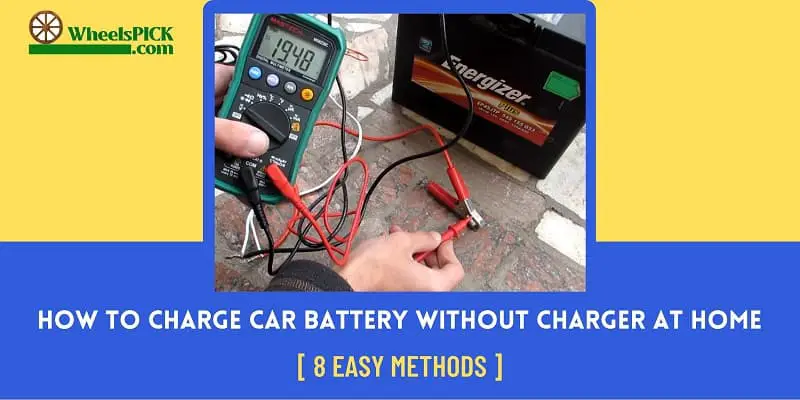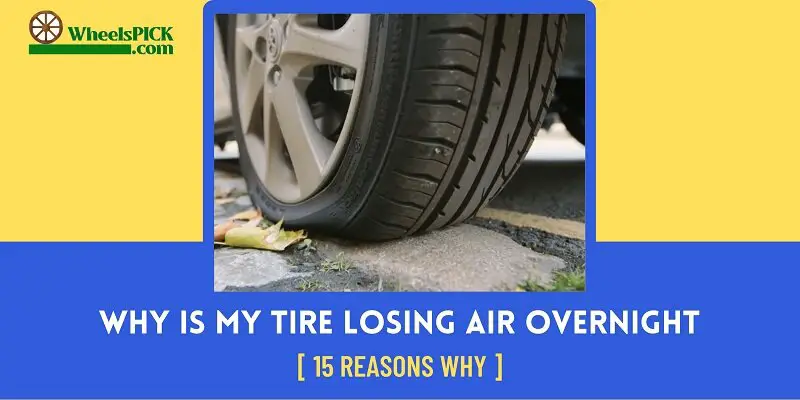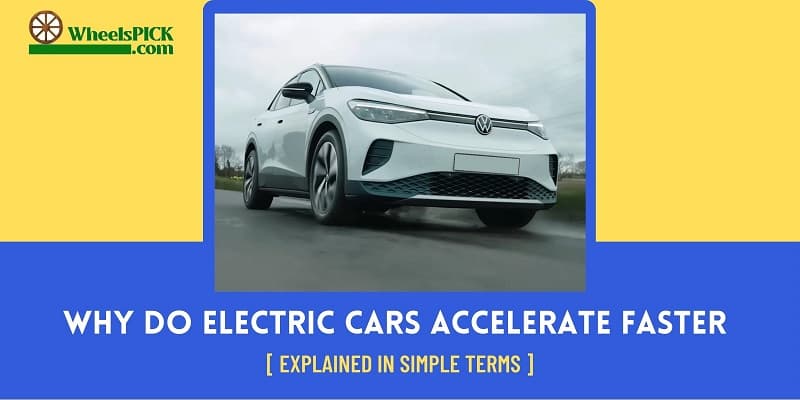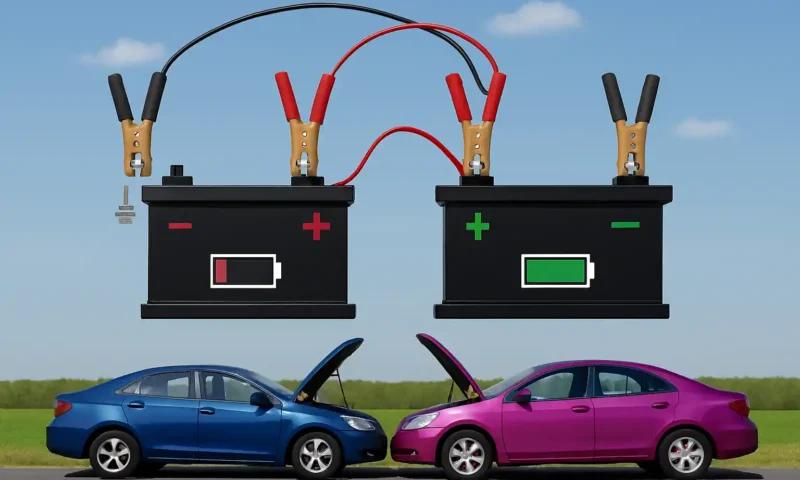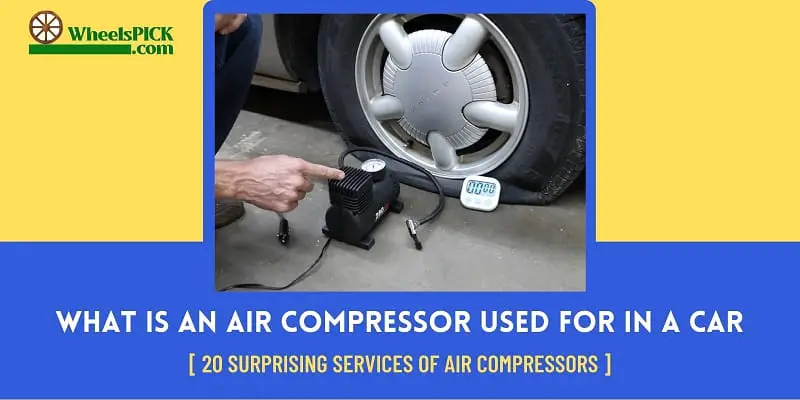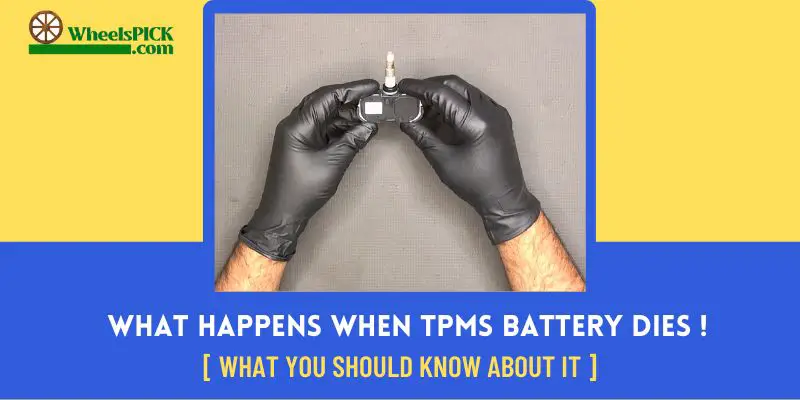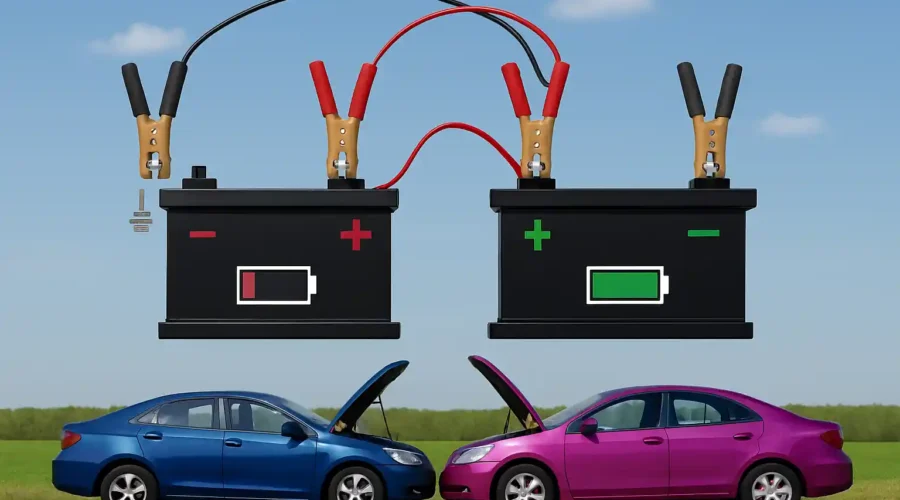A dead or low-charged car battery is common for an everyday driver. Leaving your car for a more extended period can cause a low-charged battery. Also, in winter, car battery becomes dead very quickly. Whatever the reason is, it’s a pain for every vehicle owner.
Suppose you are in the middle of nowhere with a dead battery and don’t have a battery charger; what to do? Well, there are several ways or methods to bring life to your battery again. Keep reading this article if you want to know more about charging.
This article will cover how to charge a car battery without a charger at home. So, without further ado, let’s get started.
Is There a Way to Charge a Car Battery without a Charger
There are a couple of ways to charge a flat battery. The use of solar panels, another vehicle, booster cables, jump starters, laptop chargers, UPS inverters, and battery isolators are the most obvious ones to charge a low-charge or a flat battery. Most of these methods are easy to use. But, for certain ones, safety precaution has to be maintained.
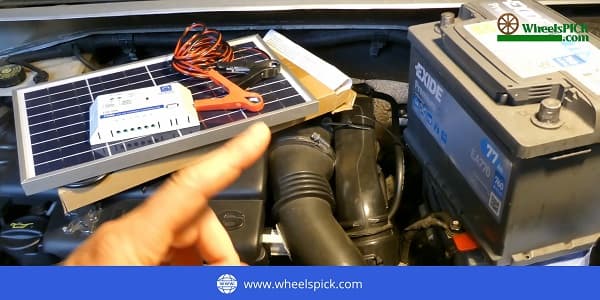
How to Charge a Car Battery without a Charger at Home?
Usually, there is a car battery warning sign on the dashboard whenever your car battery gets low. It indicates the necessity of charging. If you don’t notice it and continue to drive, you will end up with a dead battery. Several methods or ways can help you with low-charge or dead batteries. If you don’t have the best battery charger or a charger at all, you can follow the following methods as a DIY process. Also, remember to use these methods as an alternative to the battery charger in emergencies. Otherwise, we recommend using a battery charger as the safest way.
You will require several items like No products found. to perform these methods. Also, some specific clips and a wire brush for further efficiency and safety. Now, check out the methods.
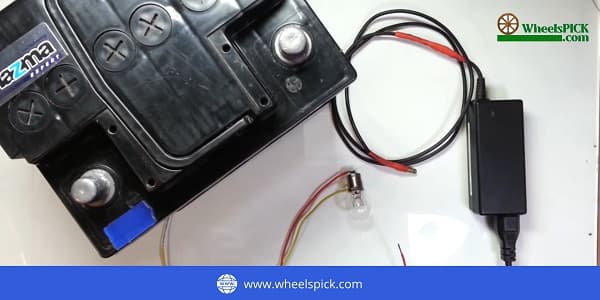
1. Boosting Cables
A boosting cable will help you start your engine by charging your dead battery. Retain; it is not a permanent solution or charger for your cars. Jump leads or boosting cables will only help with the start of the engine so that you can drive for a while to reach a proper charging facility.
Before connecting the booster cables to another car battery, ensure you don’t have car battery problems. If your battery has issues, this method might not work. Also, make sure to clean your battery terminals as well. Dirt or tarnish can easily ruin the whole process. To have a better idea, watch how to charge a battery with jumper cables.
2. Different Vehicle
The idea of using a different vehicle to charge your battery has some restrictions. Modern cars are full of the complex wiring system. So, if you are not an expert, try not to use this method. But, for an older model, it is a suitable method. Before installing the battery to other vehicles, ensure the appearance and volume are similar.
Also, check out the mAh rating on both batteries. If everything is OK, swap the batteries and start the charging process. With a dead battery, you might need to jumpstart the car.
3. Solar Panel
Charging your car battery with a solar panel is a very time-consuming process. It will rack at least 7 to 8 hours for a dead battery. Also, this method can be dangerous because of the overcharging risk. We recommend using a controller to control the amount of charge flowing.
In addition, if you are unfamiliar with solar charging, try to avoid this method. Otherwise, you will end up damaging your battery and car; for a clear idea about solar panel charging, check out this tutorial.
4. Jump Starter
In some cases, you need to jumpstart a car. When your battery is completely dead, use a jump starter to provide enough juice to your battery. It will help the engine to start. After starting the engine, use an electric generator or alternator to charge your battery.
Also, before jumpstarting your car, ensure to turn off the headlights, air conditioner, radio, and other spare combinations. For a more clear idea, watch how to use a jump starter.
5. A Laptop Charger
You can use your laptop charger to charge your car battery in an emergency. In general, laptop chargers are between 19v to 25v. On the other hand, the car battery is 12v. So, using a laptop charger will do the job.
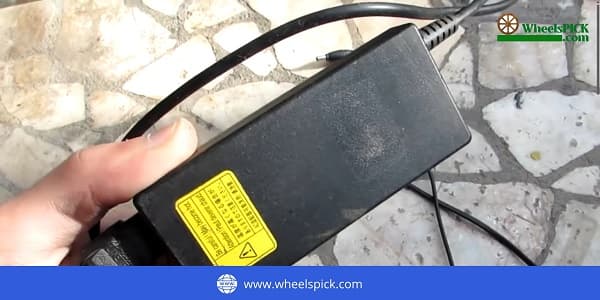
While charging with the laptop charger, keep an eye on the digital multimeter to spectate the proper current and voltage. Charging your battery with a laptop charger will take 4 to 6 hours. To learn about car battery charging with a laptop battery, check out how to charge a car battery using a laptop charger at home.
6. Apply a Battery Isolator
The use of a battery isolator is not the best method to charge your car battery. Yet, it is an easy process to perform at home. Battery isolator mainly charges up the secondary battery.
The primary battery alternator generates electricity, and the battery isolator sends it to the secondary battery to charge it. Though a battery isolator is not as effective as a regular battery charger, you can use it for urgent purposes.
7. UPS Inverter
The job of a UPS inverter is to convert the direct current to an alternating current. Nowadays, every household has a home inverter battery as a backup power supply when there is load shedding. The inverter battery has the same voltage as the car battery.
So, you can easily use the inverter battery and UPS inverter to charge your vehicle battery. But check the manuals of your car battery and the inverter battery to match the specifications. Otherwise, the car battery will be damaged.
8. Solar Charger
The last but not least method is to use a No products found. to charge your dead car battery at home. Also, it is one of the most straightforward ways to charge your car battery. Solar charger not only charges your battery but also confine inconsistent current.
In addition, where solar panel charging comes with an overcharging risk, solar charger impedes overcharging. But consider your car battery size before purchasing a solar charger. Buy a solar charger that can provide at least 6 Amps of current. Thus, you will have a fully charged battery within 8 to 10 hours.
Frequently Asked Questions (FAQ’s)
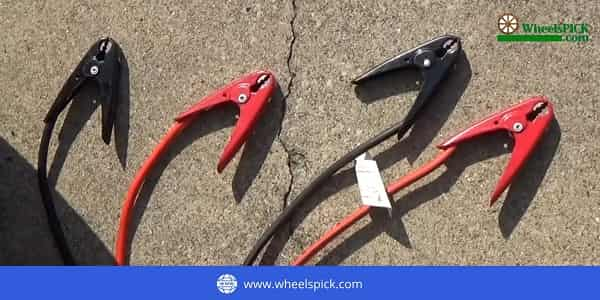
Q1. What Tools Are Needed to Charge a Car Battery without a Charger at Home?
A) For charging your car without a charger at home, you can use a solar panel, jump starter, jumps leads, laptop charger, home UPS inverter, and another vehicle. All of these ways are pretty effective. Yet, you need to be very careful while charging to prevent damage.
Q2. Is It Safe to Charge a Car Battery without a Charger?
A) There are several safe ways to charge your car battery without a charger. Solar panel chargers and jump leads are two of them. You can use these two methods without the tension of overcharging and devastating damage.
Q3. How Long Does It Take to Charge a Car Battery without a Charger?
A) The charging time depends on the method you use to charge the batteries. Using a solar panel to charge your car battery will take at least 8 hours to fully charge from the dead. On the other hand, if you are using a laptop charger to charge the battery, the charging time will be between 4 to 6 hours.
Q4. What Precautions Should Be Taken When Charging a Car Battery without a Charger?
A) Use protective gloves and glass to perform any of the methods mentioned above. Also, take the car batteries outside the house while using a laptop charger. Most of all, if you are a beginner, don't try these DIY methods. Take your cars to a professional car retailer shop.
Q5. Can I Use an Alternator to Charge My Car Battery without a Charger?
A) You can recharge your battery by using an alternator. The alternator generates electricity. This electricity goes to the secondary battery by the battery isolator. Thus, your battery gets the juice it needs.
Q6. Is It Possible to Overcharge My Car Battery if I Don’t Have Access to a Charger?
A) Overcharging is a common risk while charging your car battery without a proper charger. So, there are many charge controllers to control the proper amount of current flow to your battery. For example, the solar pane charge controller keeps the voltage and current flow consistent to prevent overcharging.
Q7. What Type of Power Source Can I Use to Charge My Car Battery without a Charger?
A) You can use another vehicle, jump leads, solar panels etc., to power your dead batteries. They a verified by different experts as suitable ways to juice up your car battery.
Q8. How Do I Know When the Car Battery Is Fully Charged if I Am Not Using a Charger?
A) By measuring the voltage of the car battery, you can quickly tell about the charging condition of your car battery. A fully charged car battery voltage stays between 12.6v to 12.7v. So, stop the charging process if your battery reaches a certain number to avoid overcharging.
Conclusion
That’s a wrap for today. We anticipate the thesis has delivered all the answers to how to charge a car battery without a charger at home.
Having a flat battery can be a trouble in most cases. So, knowing about all the DIY methods will give you advantages in certain situations. However, those methods are not the most effective ways to charge your battery. Hence, purchasing a proper battery charger will be a wise idea. Moreover, it will increase the longevity and performance of your car battery.

